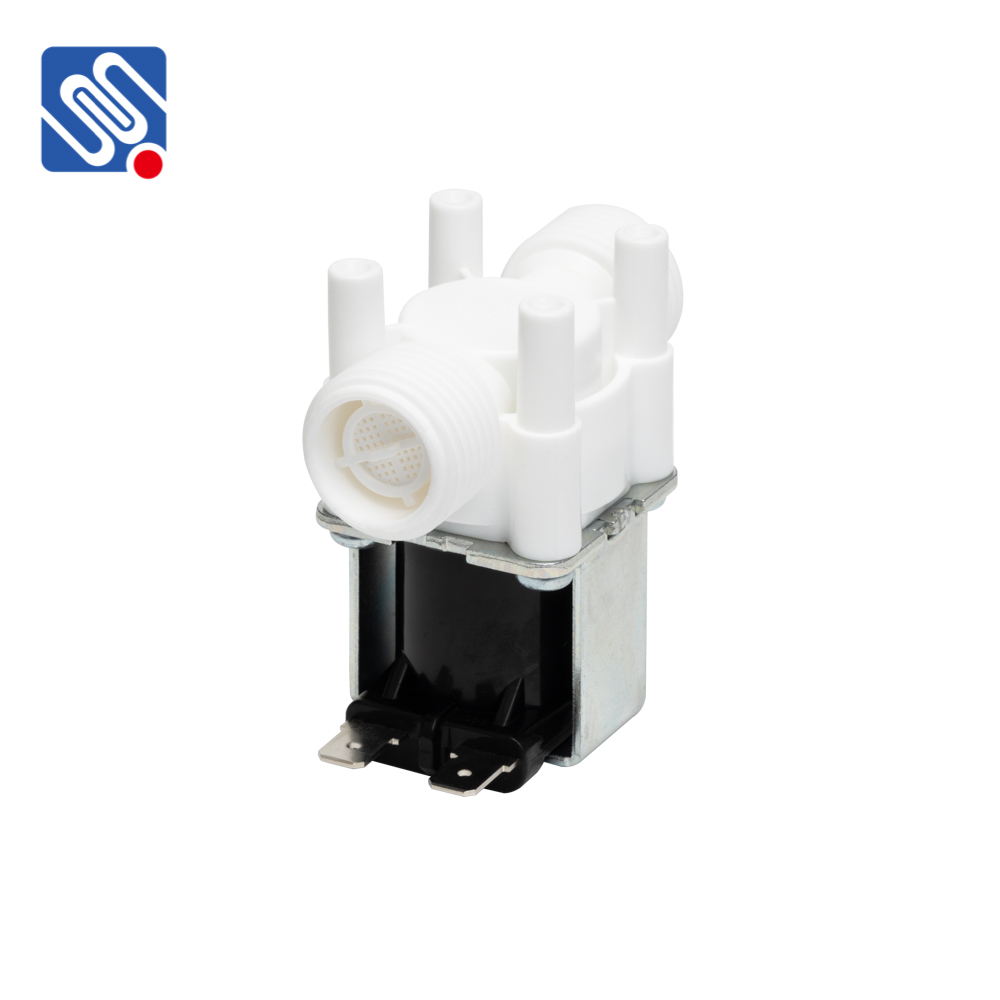A Building Water Supply Solenoid Valve is an essential component in modern water systems, playing a critical role in managing the flow of water in buildings. This electrically operated valve uses electromagnetic force to open or close the water flow, ensuring efficient and automated control of water distribution. These valves are widely used in residential, commercial, and industrial water supply systems, offering convenience, safety, and enhanced performance. In this article, we will explore the significance of Building Water Supply Solenoid Valves, their working principle, key benefits, and various applications.

What is a Building Water Supply Solenoid Valve? A solenoid valve is an electromechanical device that controls the flow of water in a pipe using an electromagnetic coil to actuate the valve. In a Building Water Supply Solenoid Valve, an electric current flows through the solenoid coil, generating a magnetic field that either opens or closes the valve, allowing or stopping water flow. These valves can be controlled remotely via timers, sensors, or controllers, making them an ideal choice for automated systems. Working Principle The working mechanism of a solenoid valve in a water supply system is straightforward. When an electric current is applied to the solenoid, it creates a magnetic field that either pushes or pulls a plunger or diaphragm within the valve body. This action either opens or closes the valve, allowing water to flow through or blocking it.